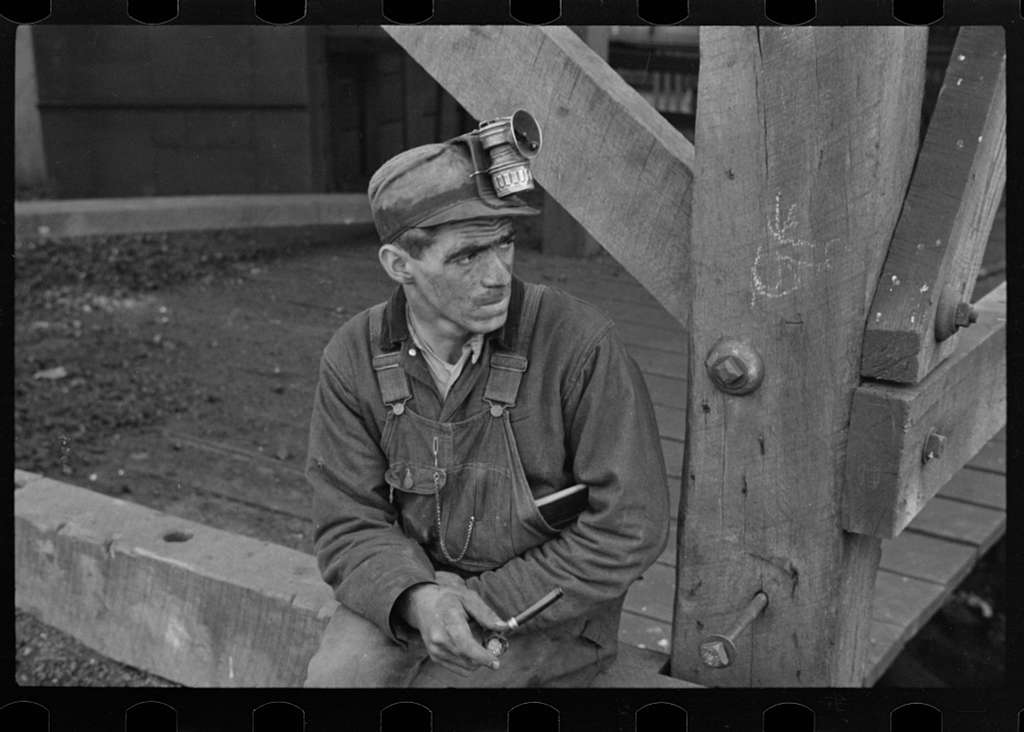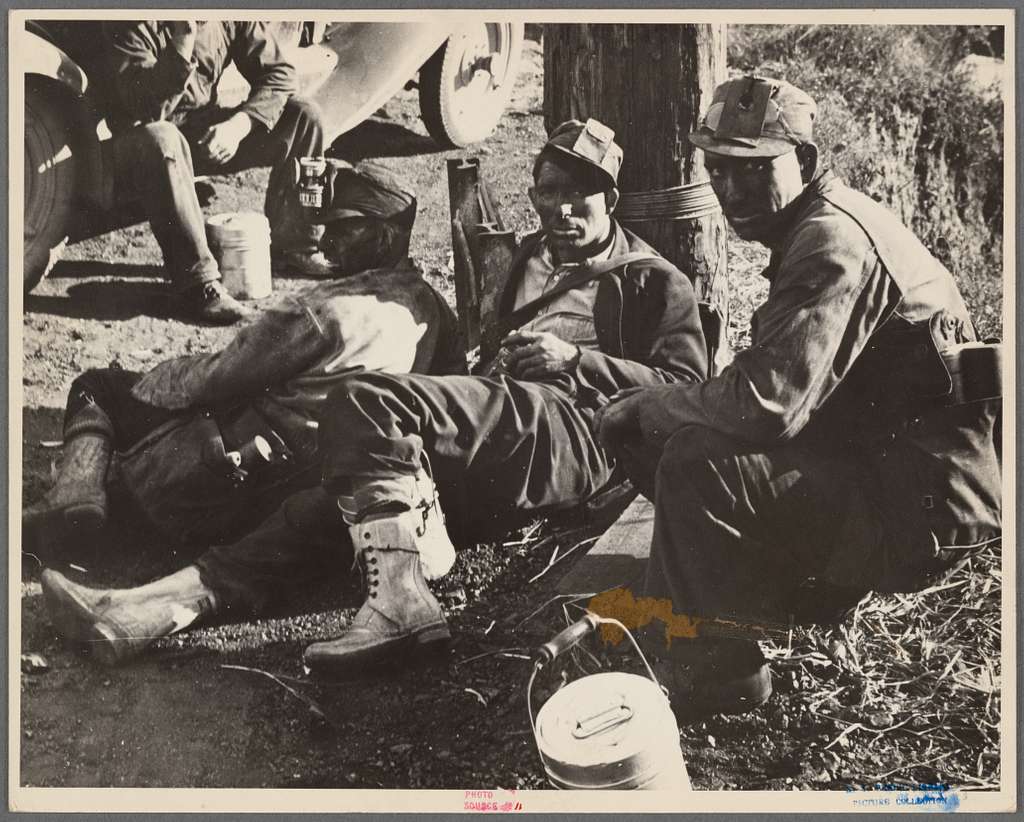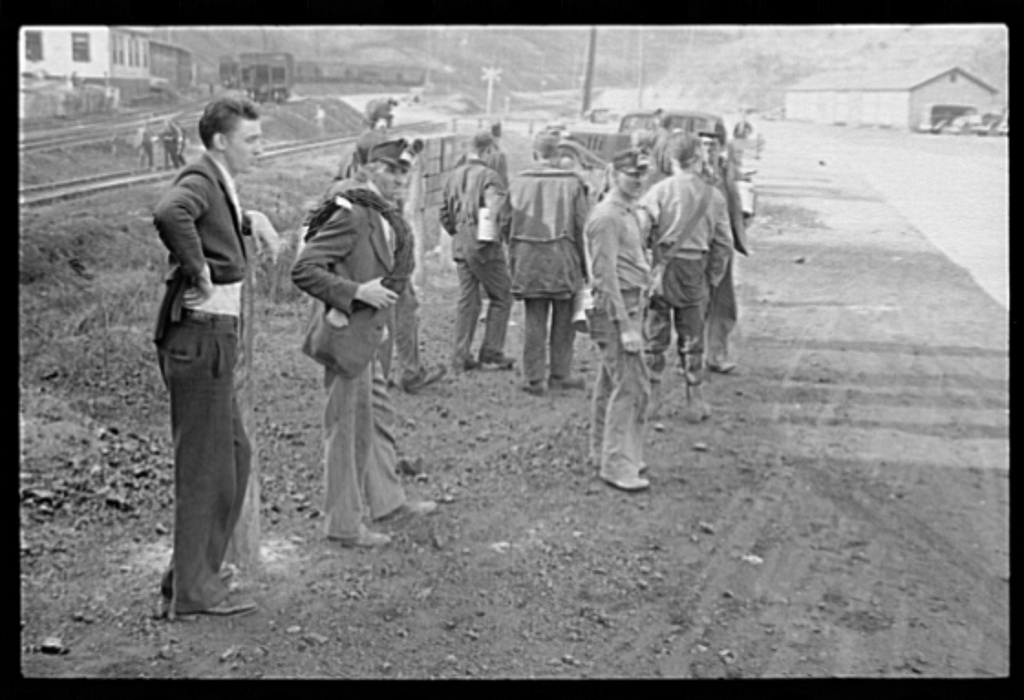Appalachian History Series

On a gray Tuesday morning—May 5, 1931—a handful of laid‑off coal miners shouldered rifles along the Poor Fork Road just east of Evarts, Kentucky. Shortly later four men were dead, hundreds of panes of glass lay shattered in company houses, and newspapers across the nation began calling Harlan County “Bloody Harlan.” The skirmish, soon immortalized as the Battle of Evarts, opened a decade of labor violence that would reverberate far beyond the Cumberland Mountains.
Harlan on the Brink
The Great Depression had gutted coal sales, and in February 1931 the Black Mountain Coal Company announced a ten‑percent wage cut. Miners who dared attend a United Mine Workers meeting were promptly fired, black‑listed, and evicted from their company homes. Evarts—little more than a crossroads wedged between river, rail line, and mountain—filled with families desperate for food and rent money. Sheriff J. H. Blair responded by deputizing dozens of company guards, among them the feared gunman Jim Daniels. Throughout April the crack of rifles echoed after dark, tipples were dynamited, and Deputy Jess Pace was shot while patrolling a back road. Everyone sensed the county was a powder keg looking for a spark.
Who Took Sides
On one side stood several hundred striking miners, many now living in tents and boardinghouses after being driven from company property. When the United Mine Workers backed away from an official walkout, the more radical National Miners Union—though controversial due to its communist ties—arrived with food, sympathy, and fiery speeches. Facing them were roughly thirty coal‑company deputies led by Daniels and fellow enforcers Otto Lee and Howard Jones—men paid directly by the operators and armed with machine guns, shotguns, and the weight of the sheriff’s badge. Governor Flem D. Sampson watched uneasily from Frankfort as reporters and relief workers trickled into the hills to see whether Harlan might erupt.

May 5, 1931 – Bullets on the Poor Fork
Just after dawn, three Ford sedans carrying nine deputies and a non‑union miner nosed east from Harlan toward a mine on Black Mountain. Two miles past Evarts, the cars reached a narrow stretch hemmed in by the Louisville & Nashville Railroad on one side and a wooded slope on the other. A single rifle shot cracked through the mist—historians still debate who fired first—and chaos followed. Daniels fell almost immediately, a bullet above his left eye. Lee’s machine gun jammed after a brief burst; he and Jones were mortally wounded seconds apart. Striker Carl Richmond was hit while dragging a comrade to safety. Witnesses later counted nearly a thousand rounds exchanged in less than half an hour. When the smoke drifted away, three deputies and one miner were dead; several others nursed wounds that would mark them for life.
Aftermath – Trials, Troops & “Bloody Harlan”
News of the battle sped along telegraph wires faster than coal trains could roll. On May 7 Governor Sampson dispatched roughly 300–370 National Guardsmen to Evarts with orders to confiscate every visible firearm. A Harlan County grand jury indicted around forty miners for conspiracy to murder; eight eventually received life sentences, while no coal‑company officials ever saw the inside of a jail cell. National writers such as Theodore Dreiser toured the county, and during one raid on a union family Florence Reece penned the haunting ballad “Which Side Are You On?” The song, as defiant as the miners themselves, soon echoed on picket lines from West Virginia to Chicago.
The gunfire did not win the miners their union, but it did capture Washington’s attention. Congressional hearings held the following year portrayed Harlan as a lawless company fiefdom, adding urgency to New Deal efforts to guarantee collective‑bargaining rights. With passage of the National Labor Relations Act in 1935—and a second, determined organizing drive—Harlan County mines finally unionized in 1938.

Why the Battle of Evarts Still Matters
Evarts stands as a textbook case of how economic desperation, company control of housing and law enforcement, and the absence of fair labor protections can ignite open violence. The confrontation helped nudge the federal government toward stronger worker safeguards, and Florence Reece’s question—“Which side are you on?”—remains a rallying cry at protests today, from civil‑rights marches of the 1960s to modern‑day teachers’ strikes. Locally, the tale continues to shape Harlan’s identity, drawing heritage tourists who ask exactly where the shots were fired and reminding residents that the fight for dignity once spilled real blood along the Poor Fork.
Sources & Further Reading
Battle of Evarts — Wikipedia
“Three Deputies Slain in Kentucky Mine Riot” – The New York Times, May 6, 1931
“The Battle of Evarts, Kentucky, 1931” — Clio
“Which Side Are You On?” – Florence Reece, 1931 (Lyrics and Historical Background)
Steve Flairty, “Kentucky by Heart: Reflecting on the Battle of Evarts,” NKyTribune (2022)
“Which Side Are You On?” — PBS LearningMedia background
John W. Hevener, Which Side Are You On?: The Harlan County Coal Miners, 1931‑39 (University of Illinois Press, 2002)
National Labor Relations Act – NLRB
Author Note: [Blank]